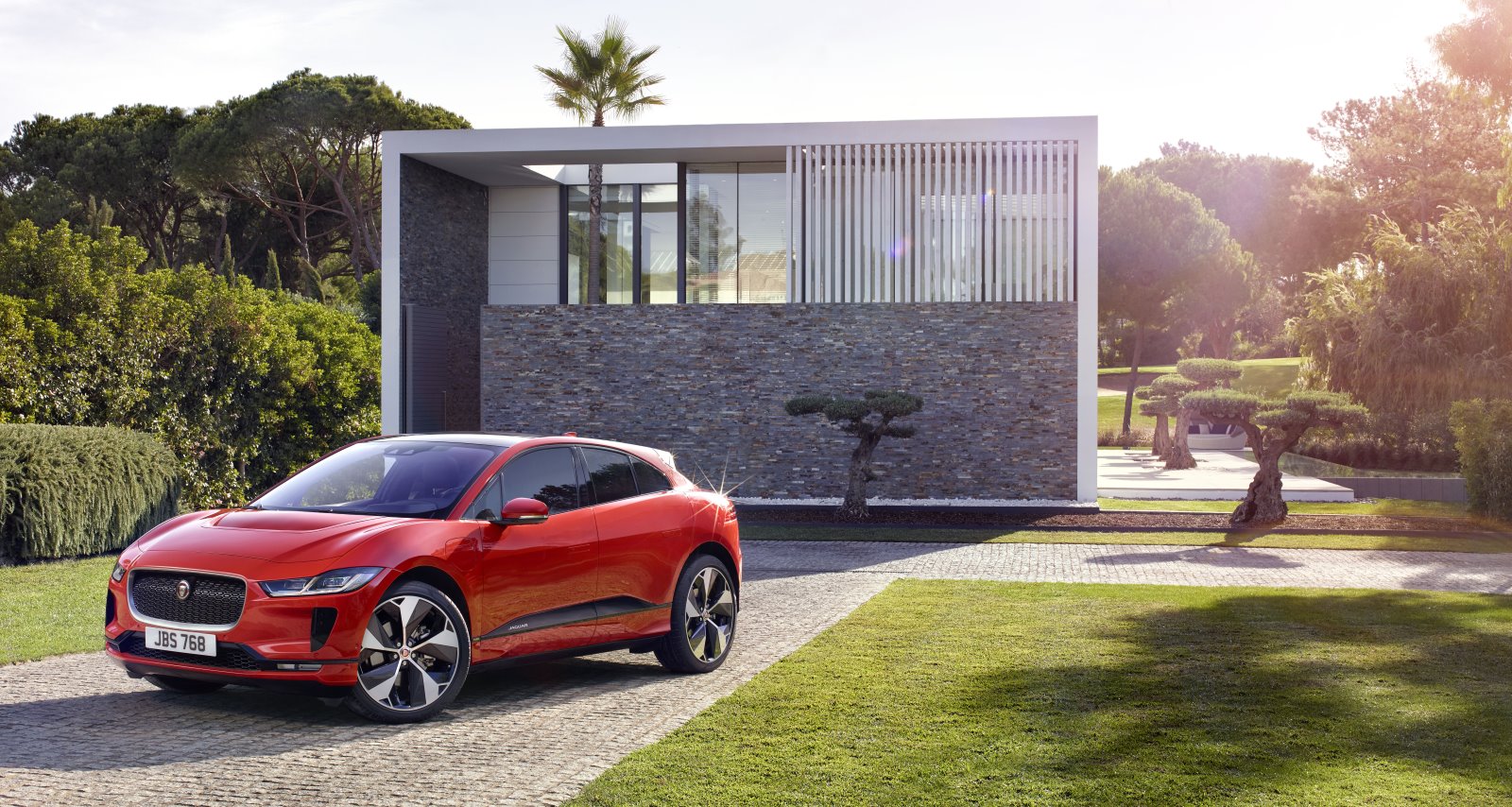
LIVING Lucire’s Car to Be Seen in for 2018 is Jaguar’s I-Pace, a car that redefines what its brand is about, while offering a segment-redefining entry into the growing luxury electric car market. Jack Yan discusses our decision
From issue 39 of Lucire
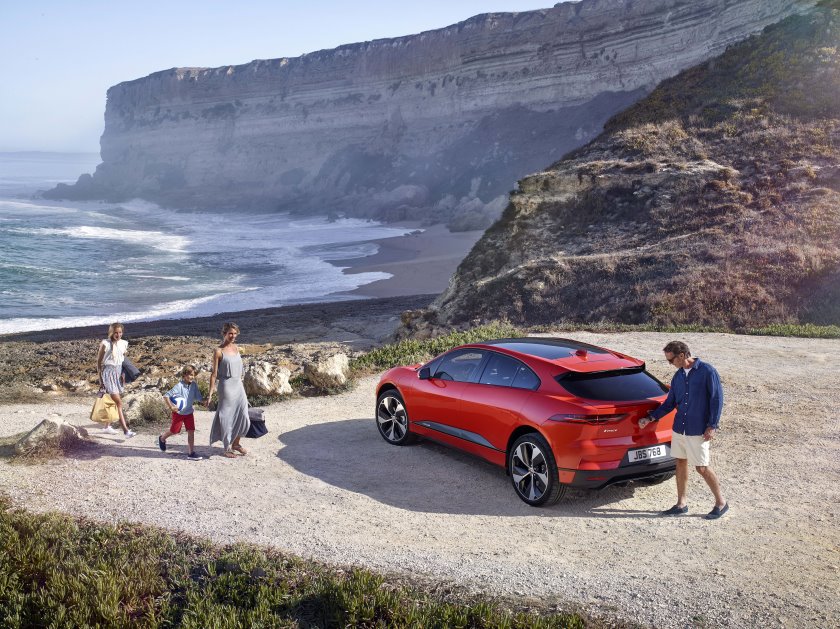

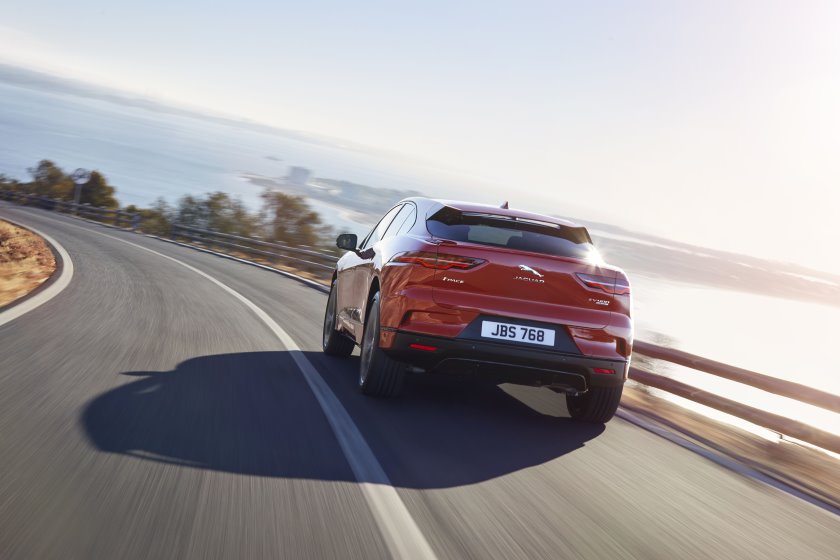 A practical, commodious shape that’s every inch a Jaguar
A practical, commodious shape that’s every inch a Jaguar
Jack Yan is publisher of Lucire.
In 2007, Lucire called Tesla’s first product, the Lotus-built Roadster, its Car to Be Seen in. We felt then the company’s approach, with founder and boss Martin Eberhard being transparent in marketing the vehicle, speaking directly to potential buyers from the Silicon Valley set via his blog. It all seemed so promising and optimistic, with only a select few warning us about the stock market showing curious signs that would lead to a bust.
Eleven years later, the electric car dream hasn’t subsided, but Eberhard is gone from Tesla, which has been beset by issues achieving production numbers and bad press surrounding its current CEO, Elon Musk, while the disruption that the company may have introduced during those heady days is steadily being eroded as mainstream players enter the market: bmw with its lowercase i-series of vehicles, for instance; Toyota with plug-in versions of its popular Prius; and, the subject of this feature, Jaguar with the I-Pace.
Like the BMW i3, Jaguar has approached the electric car by rethinking what it means to the brand. Unlike BMW, however, Jaguar doesn’t see the need to create a sub-brand, and that I-Pace is as much part of its core brand and product plan as the F-type sports’ car, a previous Lucire Car to Be Seen in.
It’s a tall vehicle, with Jaguar marketing it as a crossover, albeit a very aerodynamic one with a drag coefficient of 0,29, complete with flush door handles and ‘Active Vanes’ up front that shut when cooling isn’t needed. Models with air suspension can lower the car another 10 mm at speeds above 105 km/h to reduce drag. By using the ‘Pace’ suffix, fitting in with the E-Pace and F-Pace SUVs, it signals its market: this isn’t one of Jaguar’s low-slung saloons or sport models. The ‘Pace’ name comes from an old Jaguar slogan, ‘Grace, space, pace’, which once signalled the brand’s three pillars—and in some ways, the I-Pace embodies all three. It is equipped with all-wheel drive, with an all-electric powertrain.
continued below
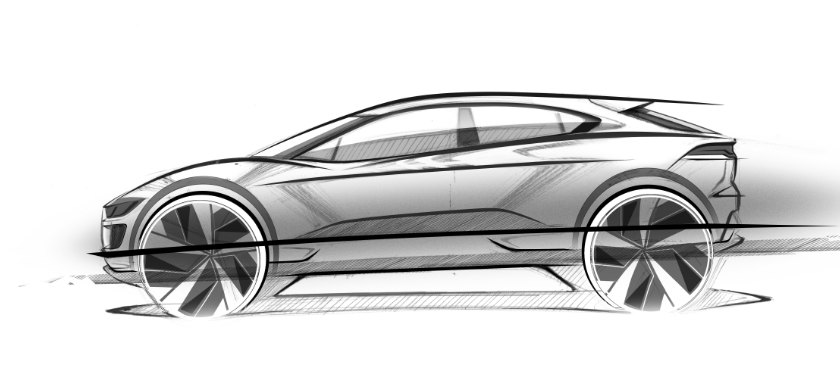
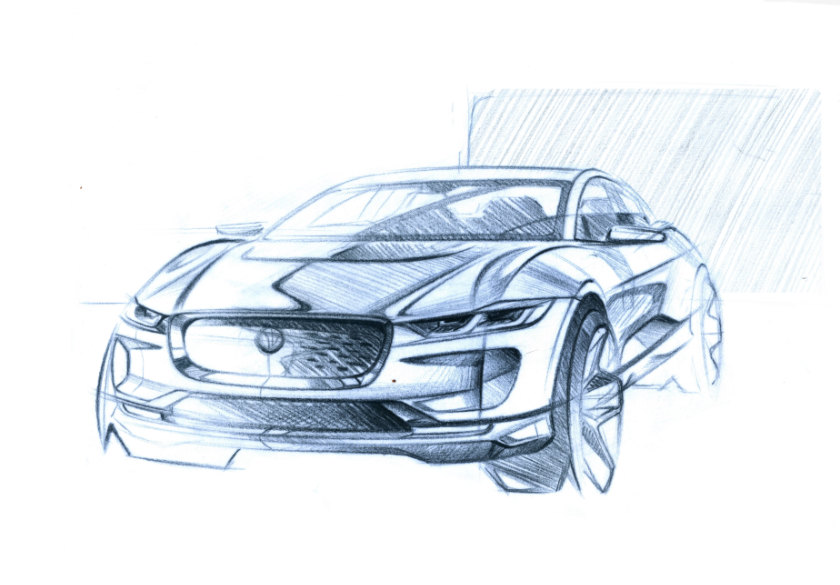

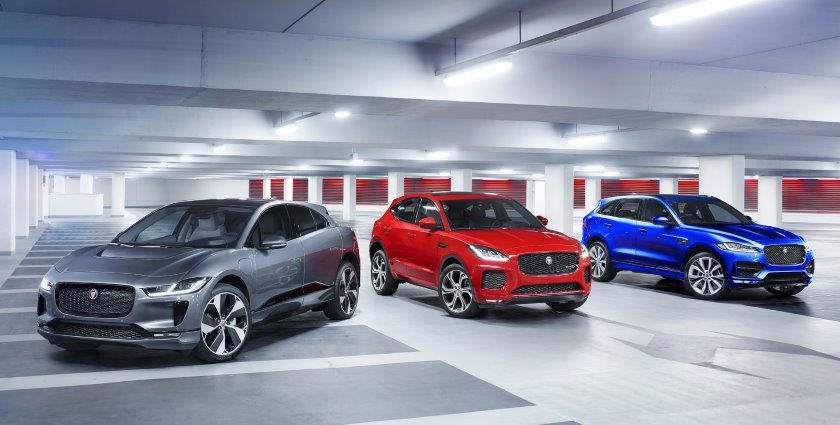 Above: Sketches have translated quite faithfully into the final article. I-Pace slots in between E-Pace and F-Pace in terms of footprint
Above: Sketches have translated quite faithfully into the final article. I-Pace slots in between E-Pace and F-Pace in terms of footprint
That 90 kWh powertrain is as low as possible, mounted between the axles, constructed of lithium-ion cells. Jaguar claims a range of 480 km, and even with a 50 kW DC charger, it can get to 80 per cent capacity in 85 minutes. Once 100 kW chargers are rolled out, that time will drop to 40 minutes. Jaguar also warrants the battery in the UK market to 100,000 miles (160,000 km) and a 70 per cent state of health, which gives buyers, and even future second-hand buyers, some peace of mind.
The batteries help with the I-Pace’s 50–50 weight distribution, aiding handling and balance, while the vehicle reaches 100 km/h in around 4·5 s. The motors deliver a power output of 400 ps and 696 Nm of torque.
What’s particularly interesting is the I-Pace’s design: it doesn’t look like your typical SUV or crossover, and Jaguar’s design boss Ian Callum calls it a ‘concept car for the road.’ It is changed slightly from the actual concept shown in 2016, which was wider, with larger tyres, and made of carbon; the production’s aluminium construction necessitated slightly softer edges. Jaguar has created its most rigid body ever for the bespoke electric architecture. There is a cab-forward design, unusual for Jaguar, when one considers the long bonnets of old. (Only the C-X75 concept eschewed this in recent times.) It has led to excellent packaging, with space for five adults and their luggage. And yet, despite proportions never seen before on a Jaguar, it looks like a Jaguar.
That’s not altogether down to the grille or the fact the concept has got us used to the idea, though both help. Callum and his team have introduced the cues, such as the shoulder line, that the brand is known for, while setting Jaguar on an exciting, new path, opening up a new visual language. The 22-inch wheels make the I-Pace appear more imposing. The low bonnet reduces the frontal area, the roofline is curved like a coupé’s, and the squared-off rear also helps reduce drag.
The game change for us follows neatly from what we stated in our last issue (Lucire 38): that SUVs need not be about selfishness. So many of them convey a design of devil-may-care strength, with truck-like proportions and big frontal areas, all of which go against ideas of efficiency that car makers once tried to achieve, particularly in the 1980s. Those ideas of efficiency included space utilization: that given the footprint of the vehicle, you should be able to fit as much usable space into that. The Honda Fit is an excellent example of this, with most of its length devoted to passenger space, while Mazda’s recent efforts have gone backwards in the achievement of a beautiful (some might even say Jaguar-proportioned) line. Additionally, aerodynamics are a must, especially with rising fuel prices, something which we were surprised had been ignored by most manufacturers when appealing to the SUV set. Getting these right points to a more optimistic future, one which we once hoped the Tesla Roadster and Volkswagen XL-1, both recipients of our Car to Be Seen in accolade in past years, would portend. We are more optimistic this time round.
Jaguar shows us how you can have your cake and eat it, too: here is a vehicle positioned as a crossover with great aerodynamics and excellent packaging, yet enough desirability for both the modern crowd looking for a design statement, and enough practicality for those who seek what SUVs are really about: a tall seating position and a feeling of security. Equip the I-Pace with a panoramic roof (which absorbs infrared light, of course), and the cabin becomes airy.
Inside, the driver’s seat gives the idea of a cockpit, with Jaguar Land Rover’s rotary controls and, if so specified, luxury materials such as wood; the eco-set can opt for Kvadrat upholstery. There is no transmission tunnel, optimizing space even further. In the rear, legroom is 890 mm and luggage space is 656 ℓ, increasing to 1,453 ℓ with the rear seats down flat. These are surprising figures for a car which measures only 4,682 mm in length, but the wheelbase is a whopping 2,990 mm. The car’s artificial intelligence can work out driver preferences (as highlighted in a recent campaign with Dua Lipa), tailoring the car to suit, while wireless updates ensure that owners always have the latest in-car software.
continued below
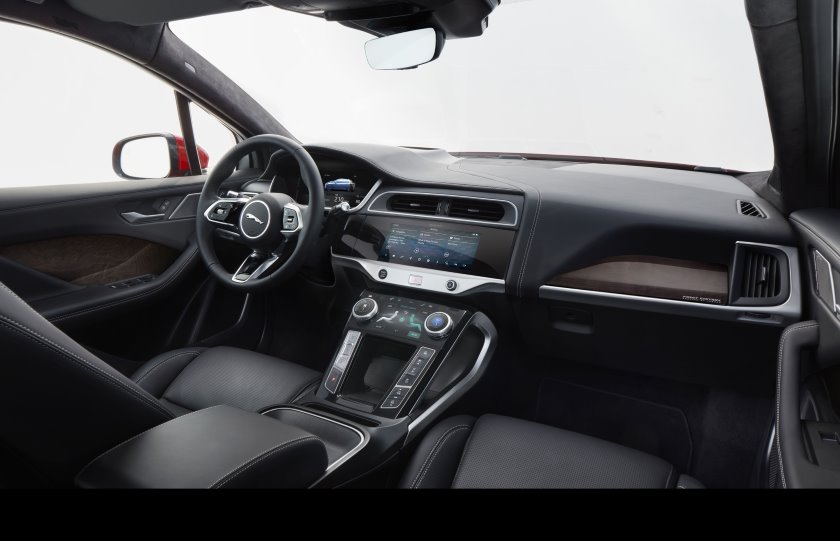
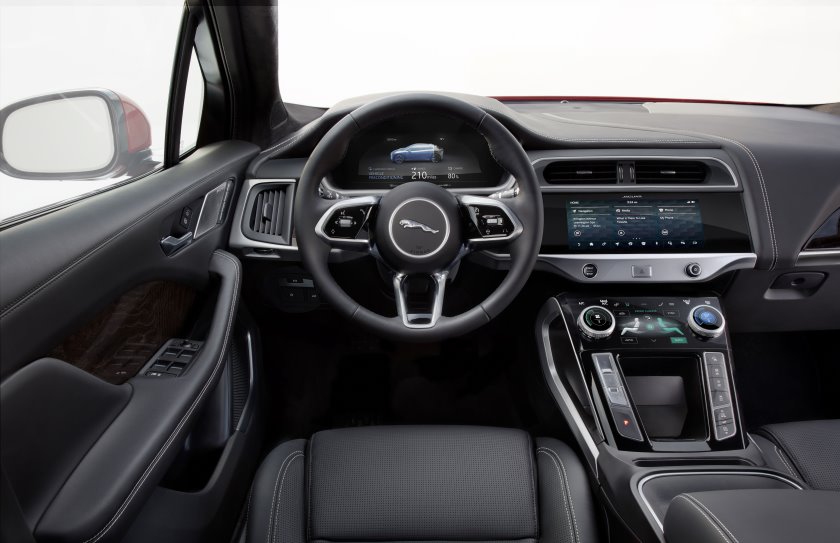
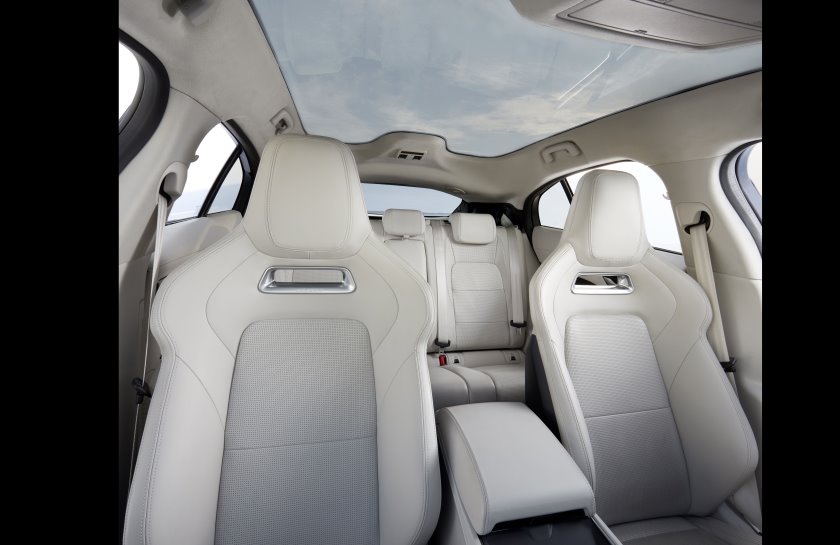
The Touch Pro Duo infotainment system has two touchscreens in the centre console and is designed to be more intuitive, so that drivers are distracted less when travelling at high speed. The screens separate information and interactive controls. In front of the driver is a 12-inch display, with improved clarity, while the navigation syncs with a travel app that helps planning and includes walking and public transport. The technology also has, where available, an Arrival Mode, which shows the nearest parking space in connected car parks, and the closest charging points. It is Amazon Alexa-compatible, where owners can ask an Alexa device for information in the app, such as ‘Do I have enough range to get to work?’
All five occupants have 4G wifi and USB charging points.
For years down the line, Jaguar Land Rover says it has plans to prolong the life of the batteries with recycling partnerships and second-life energy-storage trials.
Since Callum took over as Jaguar’s design head, and since the company’s acquisition by Tata, there’s a sense of optimism about what the motor car can deliver at this firm. Jaguar hasn’t looked back at its archive to execute retro-themed cars as it did through the 1990s. By rethinking both its brand and what the electric car can be about, Jaguar is looking forward to a more caring future that we choose to be a part of; it’s almost an antidote to these more uncertain times. We think there’s room for both methods of propulsion: electric for family use, and traditional for leisure, and now, with the I-Pace’s arrival, Jaguar Land Rover’s range delivers on all counts. •
Related articles hand-picked by our editors
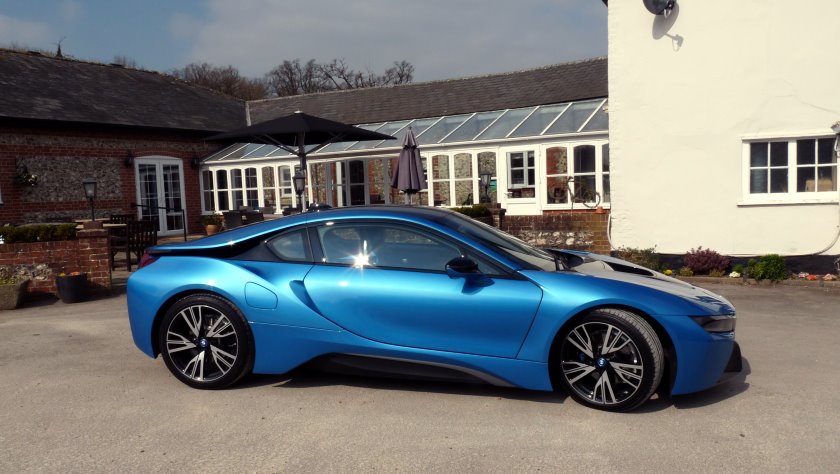
Standing out in today’s world
Ian Ryder is so impressed with the BMW i8 that he believes it’s a design icon that can legitimately be considered in the same breath as some of the great supercars
Photographed by the author
From issue 36 of Lucire
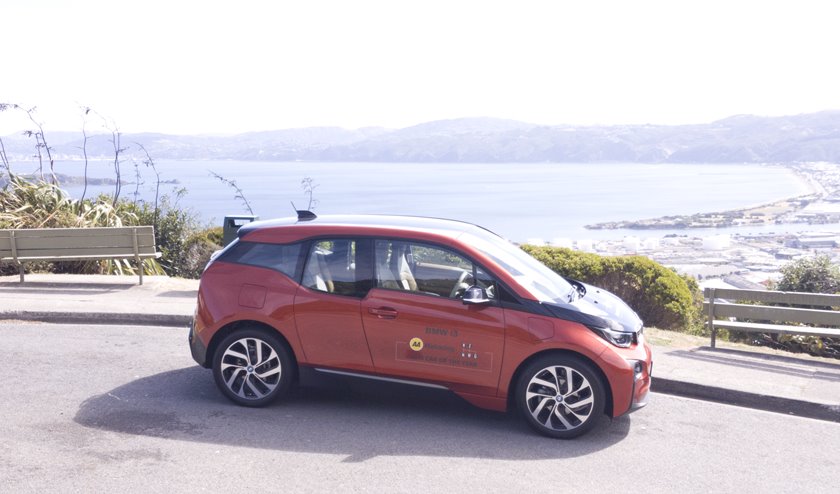
In electric company
Lucire gets to live with the BMW i3, rather than take it for a cursory test drive, and Jack Yan thinks he’s seen the future
Photographed by Stuart Cowley
From issue 36 of Lucire
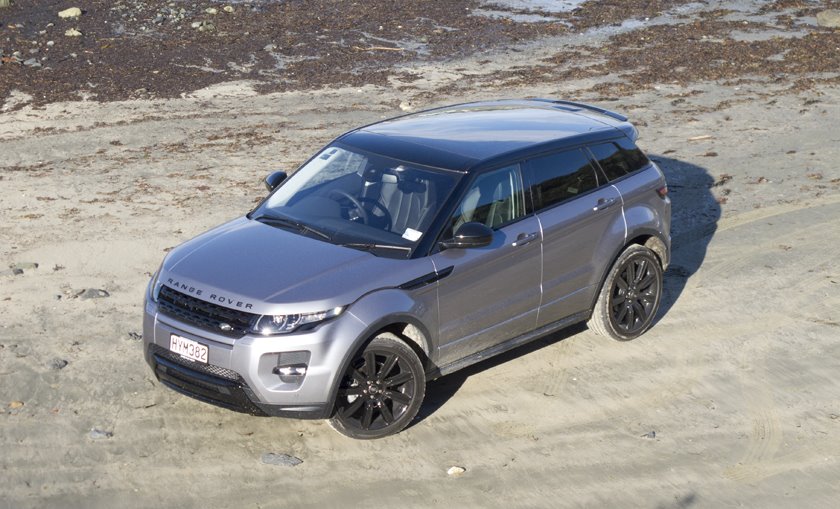
Range Rover Evoque: still fresh, more stylish, surprisingly capable
Jack Yan samples one of Lucire’s most acclaimed SUVs, in the form of the 2015½ Range Rover Evoque Si4 with Black Pack, and throws more than what you might expect at it
Photographed by Stuart Cowley
From issue 35 of Lucire
Advertisement
Copyright ©1997–2022 by JY&A Media, part of Jack Yan & Associates. All rights reserved. JY&A terms and conditions and privacy policy apply to viewing this site. All prices in US dollars except where indicated. Contact us here.